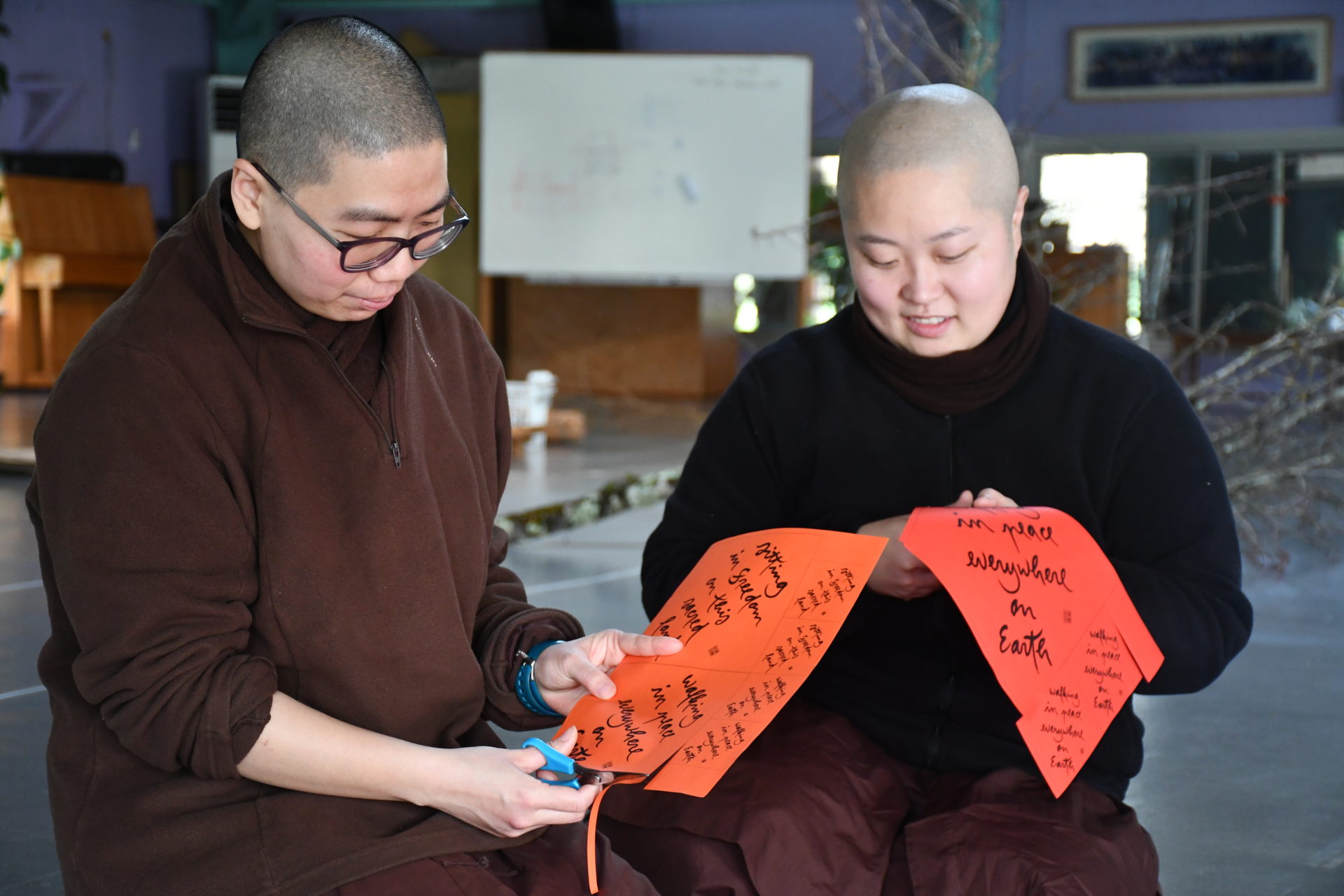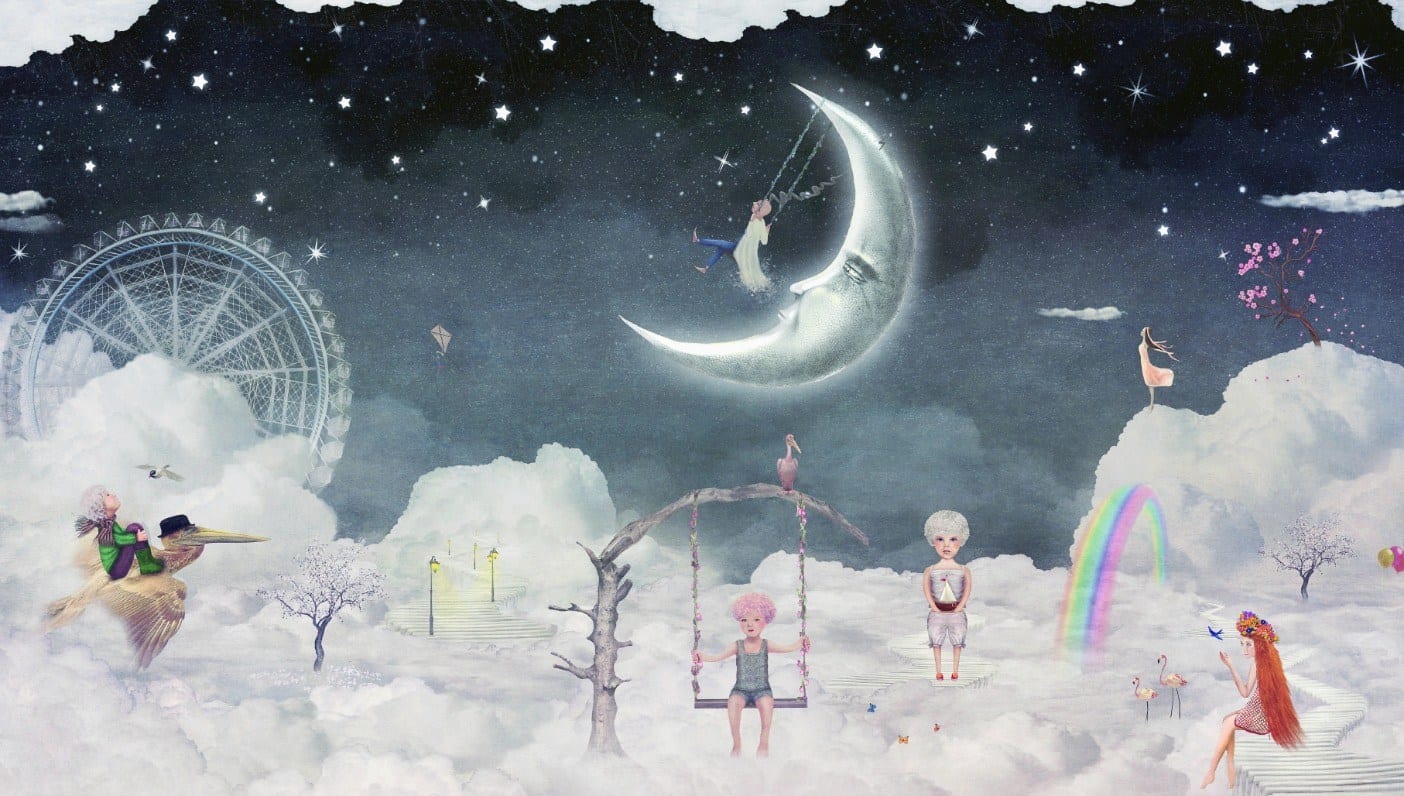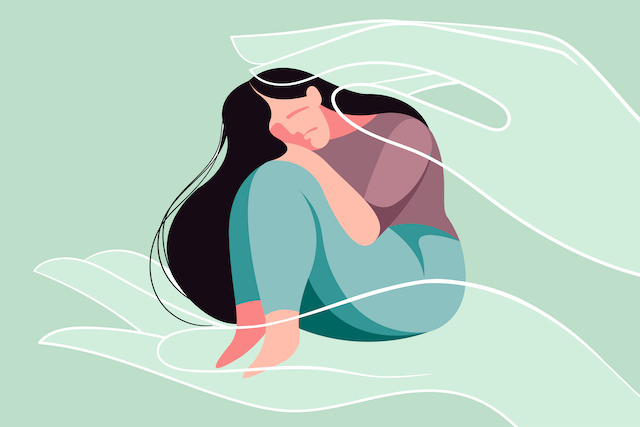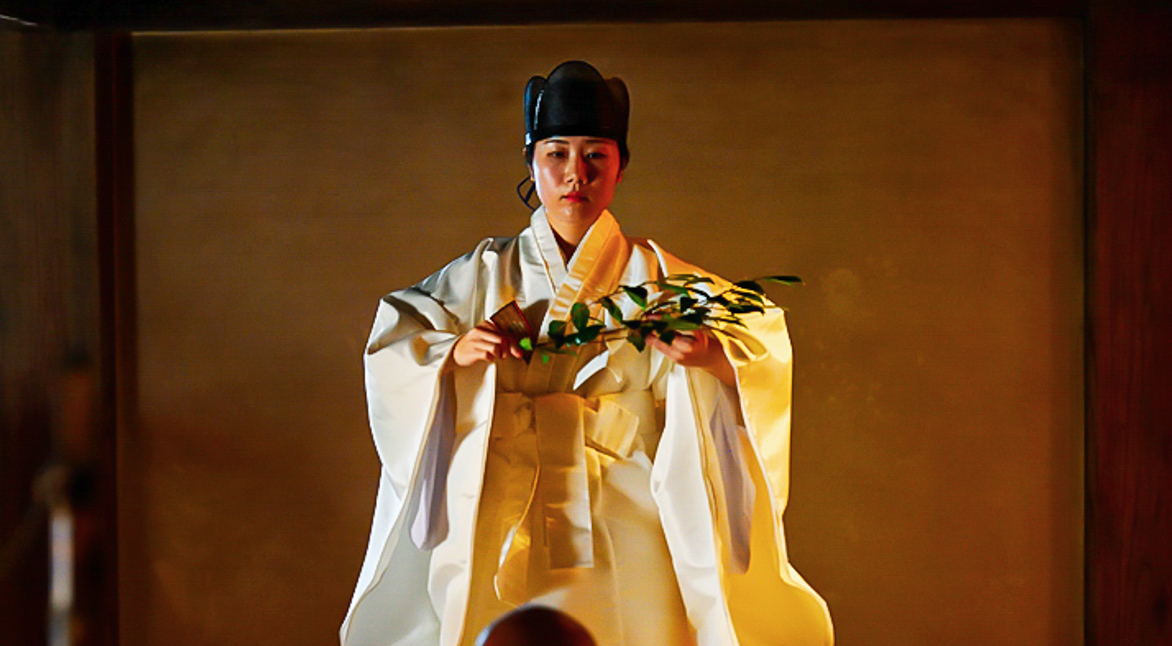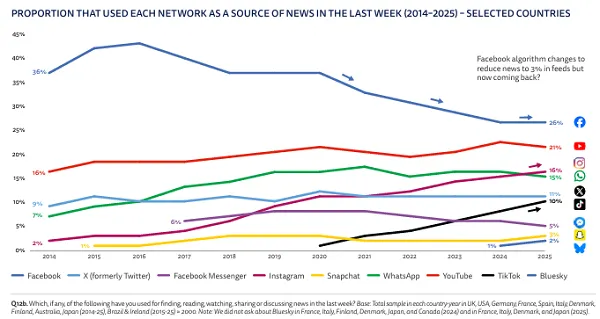On ‘Down by the Riverside’
A study of refuge and liberation in Black spirituals and Soto Zen Buddhism The post On ‘Down by the Riverside’ appeared first on Tricycle: The Buddhist Review.

A study of refuge and liberation in Black spirituals and Soto Zen Buddhism
By Felicia Washington Sy Jun 13, 2024 Photo by Ray Hennessy
Photo by Ray HennessyAs a queer, female-identifying African American practitioner of Soto Zen Buddhism, I imagine enlightenment with celebratory fanfare, complete with a marching jazz band and a shake for my shimmy; I let my backbone slip with ease. I can even hear tambourines and trombones proclaim my arrival. Yet, in the Zen Buddhist tradition, liberation is typically seen as something more ordinary. I am regularly reminded of the words of the Buddhist monk Wu Li: “Before enlightenment, chop wood and carry water. After enlightenment, chop wood and carry water.” There is something both beautiful and mundane about this statement.
This Juneteenth season allows African Americans and allies around the country to pause and reflect on our emancipation from slavery. It prompts me to contemplate the similarities between the ultimate liberation from suffering and the processes for attaining liberation from systemic oppression as a dance between the mundane and the sacred. How might we reconcile the two?
One way of comparing these understandings of freedom is to look at the outside forces that shaped them into being. As Buddhism spread globally, it drew from the concepts and teachings of local cultures, which is also true of the African American experience. Through the African diaspora, we’ve taken various teachings and made them our own, drawing on our spiritual connections as the descendants of enslaved peoples. One such example of this is the Negro spiritual.
The Negro spiritual is a type of religious folk song that merged African cultural influences with the experiences of being held in bondage in the American South. “Down by the Riverside” is a classic of this genre that explores themes of liberation, enlightenment, and community. Rooted in the African American experience of slavery and oppression, this song served as both a source of solace and a form of resistance. Spirituals could also be seen as employing what Buddhists call “skillful means” as a coded form of communication, as this form of music could often contain hidden messages about maps, navigational strategies, and timing for enslaved people to escape toward freedom in the northern states and Canada.
The lyrics of “Down by the Riverside” speak to the desire for freedom from oppression. The refrain, “I ain’t gonna study war no more,” expresses a longing for peace and an end to conflict, reflecting the Buddhist principle of nonviolence (Sanskrit: ahimsa) and the first of the four bodhisattva vows, “Sentient beings are numberless; I vow to save them.” This sentiment is also echoed in the lines, “Going to lay down my sword and shield / Down by the riverside,” which portrays a move toward peace and simultaneously vulnerability, with laying down both the object of violence and the means of defense in full surrender to spiritual liberation. These lyrics also parallel the Buddhist concept of renunciation, which involves relinquishing attachments to material possessions, desires, and ego-driven senses of self. By letting go of attachments—including attachments to states of becoming—individuals can experience a profound sense of freedom and inner peace, unencumbered by the limitations of desires and ego.
Through singing and communal expression, we find solace and strength in the present moment, transcending suffering through music and transforming pain into wisdom.
Letting go of attachments can also help us to be fully in the present moment and aware of our thoughts, feelings, and surroundings. In Buddhist philosophy, this is often referred to as mindfulness, or remembering to recognize what is skillful and to abandon what is unskillful. This is often achieved by being mindful of an object or mindful of the breath (Pali: anapanasati), which serves as a central axis for thoughts to circle around and fall away from. This state of heightened awareness allows individuals to observe their experiences with clarity and cultivate discernment that cuts through pain and confusion. Similarly, singing spirituals like “Down by the Riverside” served as a form of mindfulness for African Americans during times of hardship as it became akin to chanting as a form of meditation or using a mantra to tamper pain of the body and mind. Through singing and communal expression, we find solace and strength in the present moment, transcending suffering through music and transforming pain into wisdom.
One core teaching of Buddhism is that all things come into being through the mutual interactions of various causes and conditions. This concept of interdependence, also called dependent origination, teaches that nothing exists in isolation; this is the truth of the interconnectedness of all things. “Down by the Riverside” also holds this insight, as the lyrics describe “laying burdens down” as well as going to meet “my dear old father,” “my dear old mother,” and “my loving Jesus” down by the riverside, as they are all interconnected. All of these concerns—your problems, your family, your piety—are inconstant, subject to change and consumed by the river’s rushing tides, or tathata. Often translated as “thusness” or “suchness,” in Mahayana Buddhism tathata refers to the true nature of reality, outside of conceptual thought or the distinction between subject and object. It is the state of being; it is sitting with the truth of how things are. There is no beginning. There is no end. No person can give you freedom. Freedom is the suchness of life; all gets swept away except for the deathless nature of tathata. This is enlightenment. This is true liberation. As the Buddha tells his followers in the Arakenanusasani Sutta:
Just as a river flowing down from the mountains, going far, its current swift, carrying everything with it, so that there is not a moment, an instant, a second where it stands still, but instead it goes and rushes and flows, in the same way, brahmans, the life of human beings is like a river flowing down from the mountains—limited, trifling, of much stress and many despairs. One should touch this [truth] like a sage, do what is skillful….
Viewing this flowing river, knowing that we cannot hold on to anything, and embracing this suchness or true nature of reality all create a true sense of awe and acceptance, which breeds heart qualities like loving-kindness and compassion for others. In “Down by the Riverside,” we see these heart qualities in the imagery of gathering by the riverside, evoking a sense of community and solidarity among African Americans facing adversity. By recognizing and accepting our shared interconnectedness in something greater or out of our control, individuals can transcend divisions and work toward collective liberation and harmony in what they can change. This is the refuge of community. What cannot be accomplished as one individual ego state becomes possible in our shared collective wisdom and ancestral knowledge. But we must “let go” of the ego in order to find this collective awakening. Thus, guided by our ethical behavior, we push back against oppression—wherever it is found—for the liberation of all sentient beings.
Together, African American spirituality and Buddhist teachings share common threads of striving for liberation, unity, and inner sanctuary. These bridges of understanding offer valuable insights into the human experience and the pursuit of spiritual fulfillment across traditions. Through the establishment of mindfulness, letting go, and embracing community, individuals can find solace, strength, and freedom amidst life’s rushing tides. This all starts with bringing a mindful spirit of inquiry and awareness to each ordinary moment, to be the river, to hold and live our suffering without attaching to it. The profound can be located within simple truths: “Before enlightenment, chop wood and carry water. After enlightenment, chop wood and carry water.”
![]()
Thank you for subscribing to Tricycle! As a nonprofit, we depend on readers like you to keep Buddhist teachings and practices widely available.
This article is only for Subscribers!
Subscribe now to read this article and get immediate access to everything else.
Already a subscriber? Log in.

 KickT
KickT 








